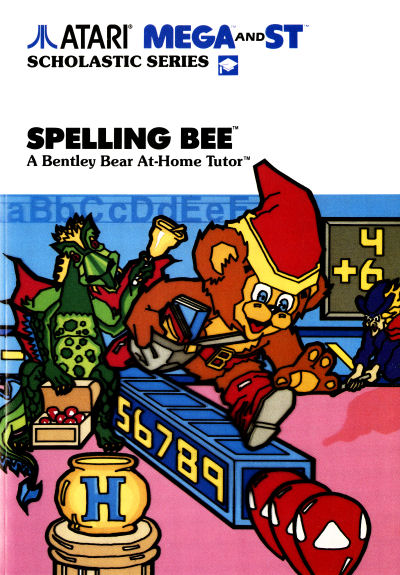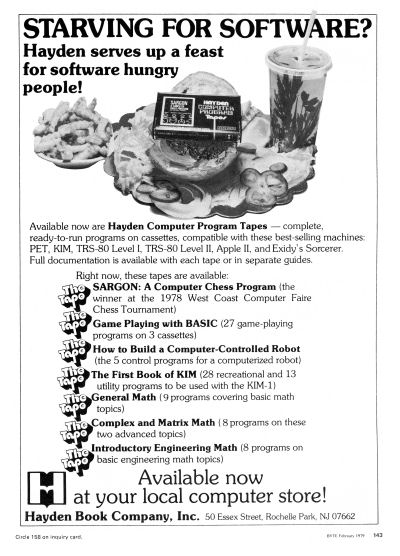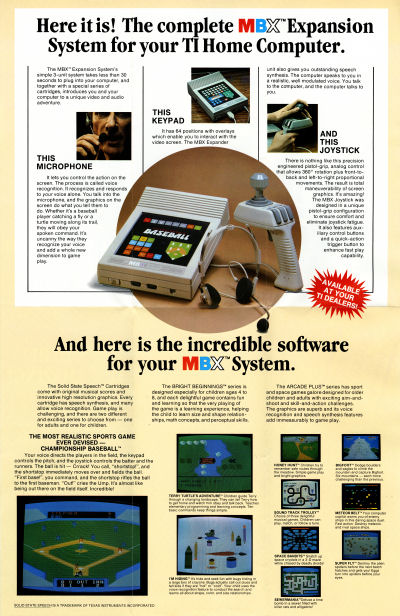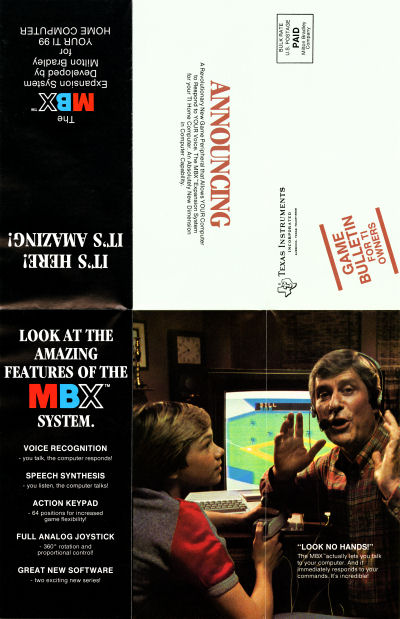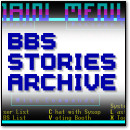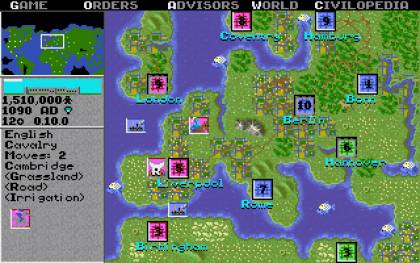
Ten years ago today — on July 18, 2007 — Gamasutra published my in-depth history of the creation of Sid Meier’s Civilization called The History of Civilization. (Here’s my original VC&G post on the topic.)
My article was originally intended to be part of a series of articles — conceived by Simon Carless, if I recall correctly — that would cover the histories of the then-recently announced “Game Cannon.” (I wanted to do a piece on Tetris next, but I could not figure out how to get an interview with Alexey Pajitnov.)
Treating video games as legitimate cultural artifacts worthy of preservation and study was a very novel idea at the time. My work, and that of others, over this past decade has made this idea far more mainstream, although there’s still a lot of work to do.
My Civilization article still gets a lot of attention. Gamasutra re-promotes it every once and a while, and it has been cited in books, other articles, and more. So imagine my embarrassment as I tell you, right now, that I had absolutely no idea what I was doing back when I wrote it. I was never formally trained as a journalist; I learned my craft and absorbed lessons as I went along.
 The lesson I learned from the Civilization piece was to never make assumptions. The History of Civilization was only the second big history narrative piece I’d written in my career, and I remember being nervous about making a few assumptions about things that I did not firmly know to fill in gaps in the narrative.
The lesson I learned from the Civilization piece was to never make assumptions. The History of Civilization was only the second big history narrative piece I’d written in my career, and I remember being nervous about making a few assumptions about things that I did not firmly know to fill in gaps in the narrative.
I did not have the time or budget to interview more one person fully the article (Sid Meier, though I asked Bruce Shelley questions via email), so I wondered: How on earth do I fill in those knowledge gaps? I just went with what made the most sense, and I was lucky that it did not lead to any problems. Today, many journalists still do this, and it’s a terrible practice.
Since that time, I typically go way way way over budget with interviews and research so that I never, ever have to make any assumptions in the storytelling process. As we speak, I’m about three months late on a big feature because of this obsession of mine. It’s not an economical way to do business as a freelancer, but at least my editors know I can deliver an accurate product.
Does that make The History of Civilization a bad article? No. It’s still a good piece overall, although I would do things differently if I wrote it today.
…But there is this nagging issue, always in the back of my conscience, of a very long email that Bruce Shelley sent me about it just after it was published.
And that, my friends, will be the first of several updates related to this article that I collected have for you today, in three acts:
I. Bruce Shelley’s Notes on the Article
II. Sid Meier and Bruce Shelley in the Flesh
III. History of Civilization Translated into Chinese
[ Continue reading ‘The History of Civilization’ Updates, 10 Years Later » ]
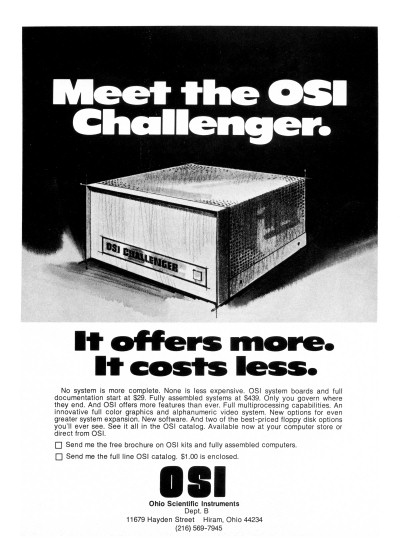
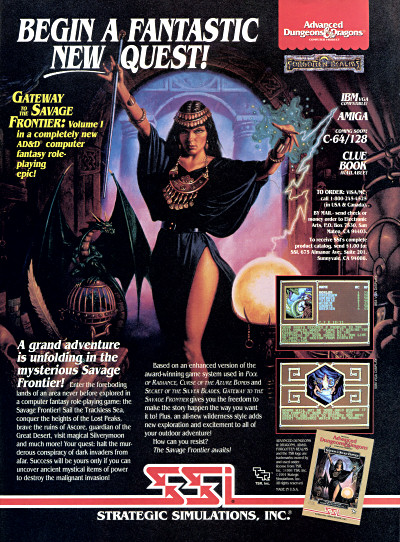
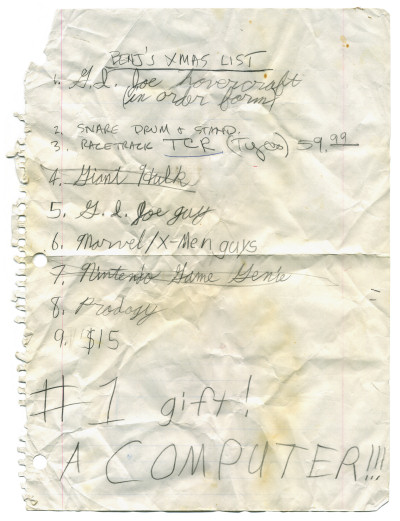
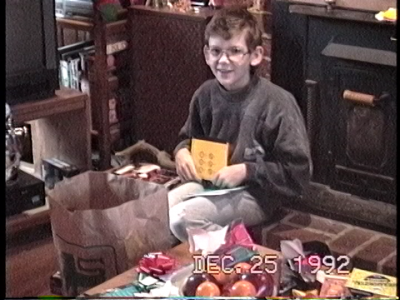
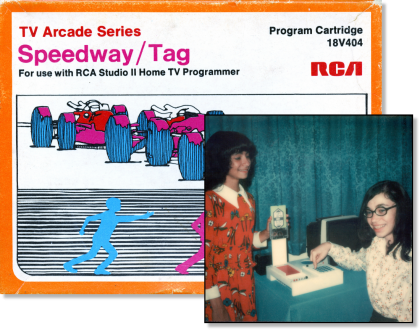
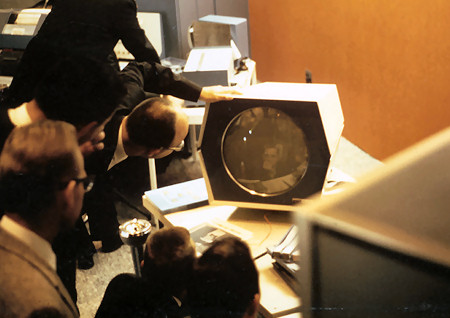

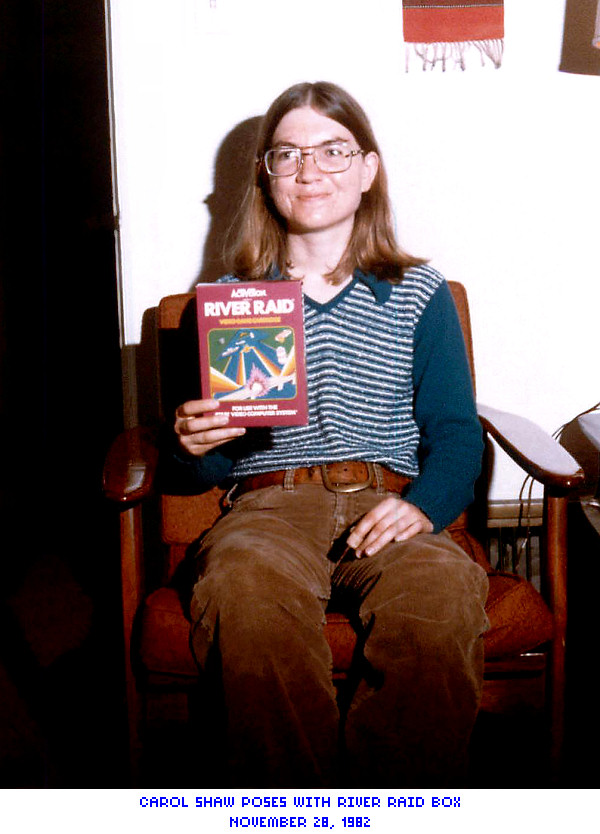
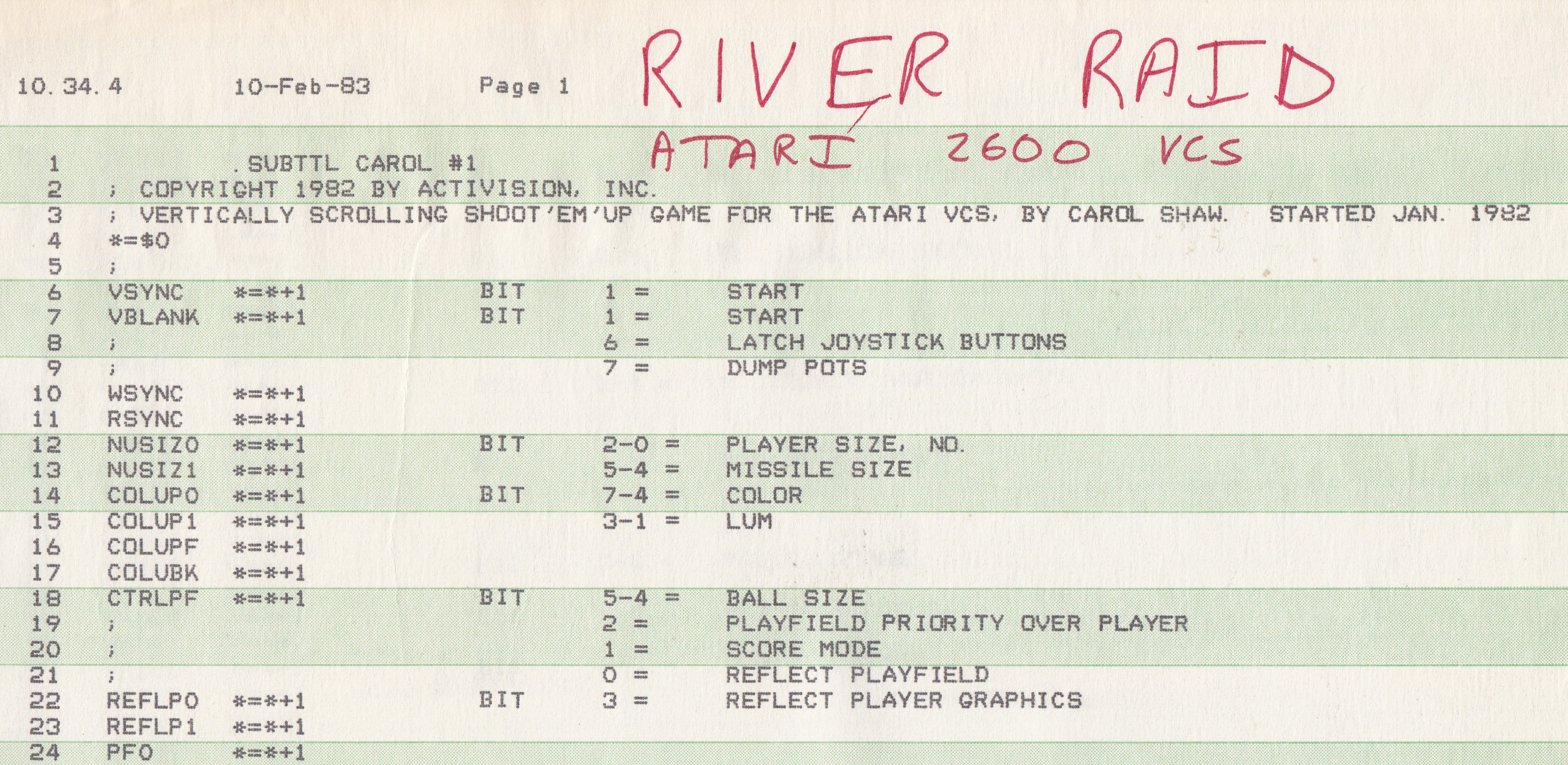

 The lesson I learned from the Civilization piece was to never make assumptions. The History of Civilization was only the second big history narrative piece I’d written in my career, and I remember being nervous about making a few assumptions about things that I did not firmly know to fill in gaps in the narrative.
The lesson I learned from the Civilization piece was to never make assumptions. The History of Civilization was only the second big history narrative piece I’d written in my career, and I remember being nervous about making a few assumptions about things that I did not firmly know to fill in gaps in the narrative.